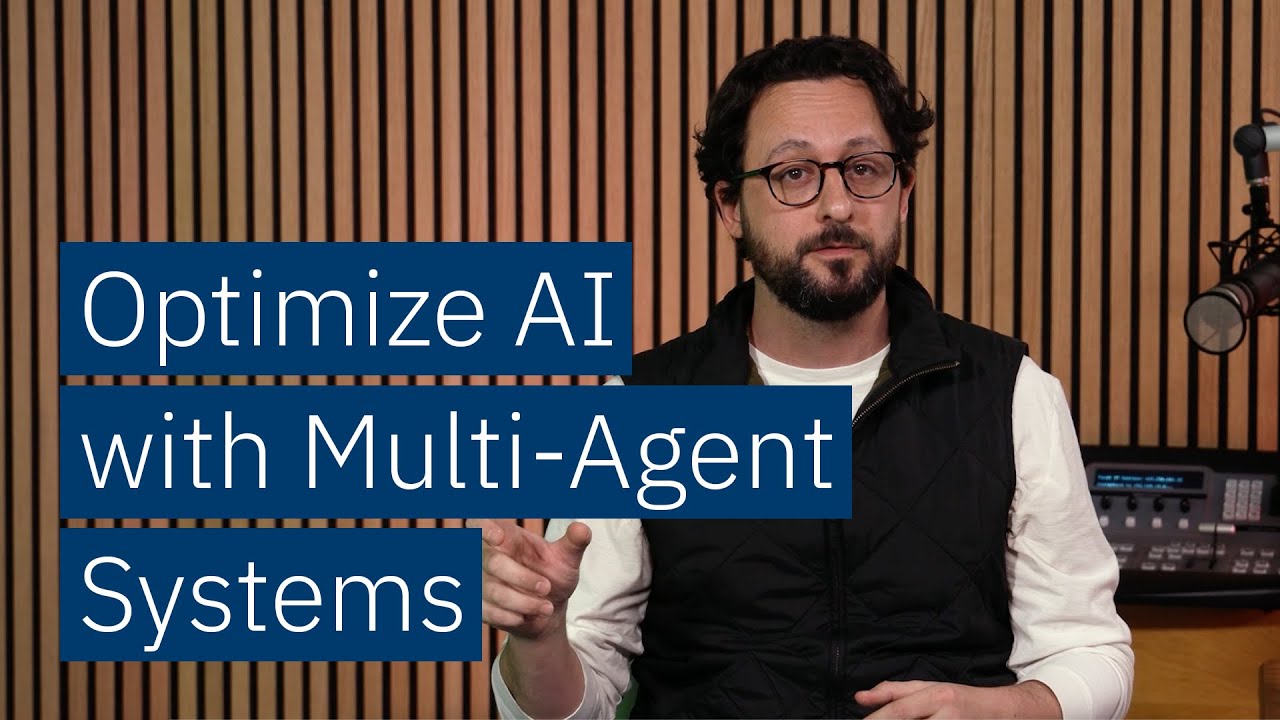The video demonstrates how to enhance Retrieval-Augmented Generation (RAG) systems by integrating multiple AI agents and vector databases to improve query categorization, relevant data retrieval, and response quality. It guides through setting up a multi-agent pipeline using CrewAI, FastAPI, and ChromaDB, showcasing a modular approach to building smarter, agent-driven retrieval applications.
The video introduces the concept of enhancing Retrieval-Augmented Generation (RAG) systems by integrating multiple AI agents and vector databases to improve data retrieval accuracy and response quality. It addresses common issues where large datasets in vector databases can lead to irrelevant or overly broad context being fed to language models, resulting in suboptimal outputs. The presenter demonstrates how a multi-agent approach can streamline query categorization, targeted data retrieval, and natural language response generation, creating a smarter and more efficient application.
The setup involves cloning a provided repository that contains the project structure, including a React-based UI and a Python API backend. The presenter guides through installing dependencies, configuring environment variables, and setting up the necessary services. The backend, built with FastAPI, connects to IBM Watsonx.ai for language modeling, while the UI is built with React and styled using Carbon components. This foundational setup prepares the environment for implementing the multi-agent pipeline that will handle query processing.
The core of the tutorial focuses on building a three-step agent pipeline: query categorization, context retrieval, and response generation. The first agent classifies user queries into categories like technical, billing, or account, using Watsonx.ai models. Once categorized, the second agent employs a tool to query the vector database (ChromaDB) for relevant documents based on the query’s category, effectively filtering the dataset to relevant information. The final agent then takes this context, interpolates it into a prompt, and generates a natural language response, which is sent back to the UI for display.
Throughout the process, the presenter emphasizes the flexibility of using CrewAI’s agent framework to create specialized agents with distinct roles, goals, and backstories. They demonstrate how to define tools (functions) that agents can invoke, such as querying the vector database or formatting responses. The multi-agent system is orchestrated sequentially, with each agent passing its output to the next, ensuring a structured and logical flow from query input to final response. The approach allows for modularity and easy customization of each step.
In conclusion, the video showcases a sophisticated multi-agent RAG pipeline that intelligently categorizes queries, retrieves relevant data, and generates polished responses. The presenter highlights potential enhancements, such as routing out-of-scope queries to web searches or formatting responses in HTML. They encourage viewers to experiment with the framework, customize the UI, and extend the system’s capabilities. Overall, the tutorial provides a comprehensive, step-by-step guide to building smarter, agent-driven retrieval-augmented applications using CrewAI, vector databases, and large language models.
